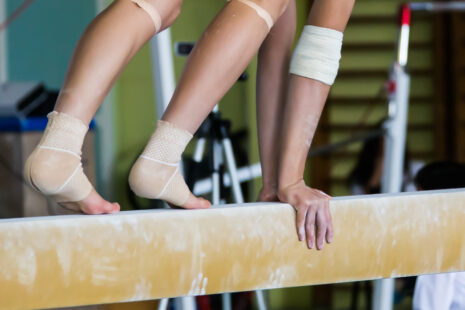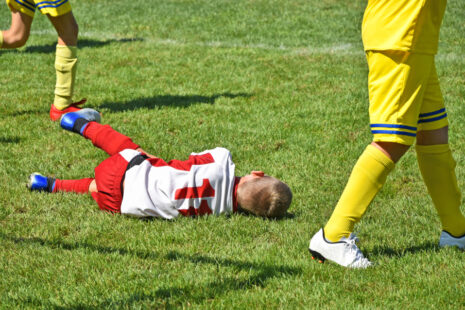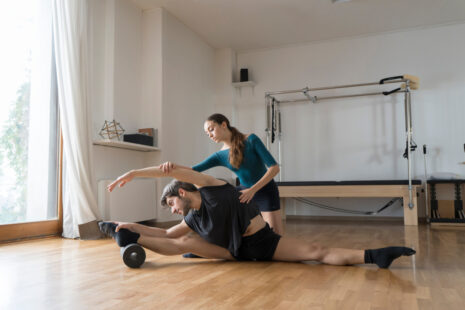After ACL (anterior cruciate ligament) surgery and the subsequent rehabilitation process, many individuals can achieve a high level of function and return to their previous activities, including sports and physical activities. However, it’s important to understand that the knee may not be exactly the same as it was before the injury, and there may be some differences or limitations to consider.
Here are some factors to keep in mind…
- Improved Stability – Following successful ACL surgery and rehabilitation, many individuals experience improved knee stability compared to before the surgery, particularly if they had significant instability due to the ACL injury. The surgical reconstruction or repair aims to restore stability to the knee joint and reduce the risk of recurrent instability episodes.
- Rehabilitation Outcome – The outcome of ACL surgery and rehabilitation can vary depending on factors such as the individual’s age, overall health, activity level, adherence to rehabilitation protocols, and the type of surgery performed. Those who diligently adhere to their rehabilitation program and actively participate in strengthening and functional training exercises are more likely to achieve favorable outcomes.
- Strength and Function – While ACL surgery can help restore knee stability, it’s essential to rebuild strength, flexibility, and proprioception (body awareness) through rehabilitation exercises. Some individuals may experience residual weakness, stiffness, or proprioceptive deficits following surgery, which can affect functional activities and sports performance.
- Risk of Osteoarthritis – ACL injuries, particularly if left untreated or inadequately managed, can increase the risk of developing osteoarthritis in the knee joint over time. While ACL surgery can help mitigate this risk by restoring stability and reducing further damage to the joint, some individuals may still experience long-term joint degeneration and symptoms of osteoarthritis, such as pain, swelling, and stiffness.
- Activity Modification – Depending on individual factors and preferences, some individuals may choose to modify their activities or sports participation following ACL surgery to reduce the risk of re-injury or minimize impact on the knee joint. This may involve avoiding high-impact activities or sports that involve pivoting, cutting, or jumping.
While the knee may not be identical to its pre-injury state after ACL surgery, many individuals are able to achieve a high level of function and return to their desired activities with proper rehabilitation and management. It’s important for individuals to work closely with their healthcare providers, including orthopedic surgeons and physical therapists, to understand their individual prognosis, set realistic expectations, and develop a comprehensive plan for recovery and long-term joint health.




